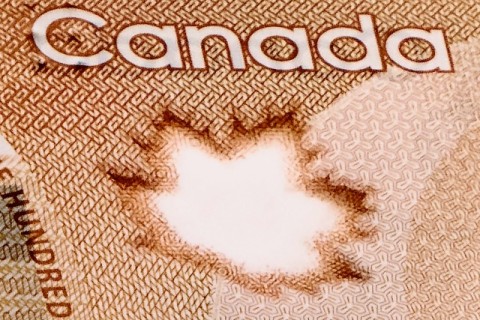
Much has been made of capital gains taxation since the government announced plans to reduce the tax break given to capital gains back in April. And yes, it is true that capital gains taxation raises the question of fairness, but not in the way you’ve been hearing about it. While mainstream media has been covering the “inclusion rate,” the amount of capital gains that is counted as taxable income, the real unfairness of capital gains taxation can be observed in what’s excluded.
A brief history
The treatment of capital gains for tax purposes has always been unfair. Prior to 1971, Canada did not tax capital gains at all. A wealthy individual or corporation could freely buy and earn income through capital property and other assets without having to pay any tax when selling them. Now, I’m sure you can imagine that excluding an entire source of income from the calculation of taxes seems quite unfair, especially when the types of assets exempt from taxation are primarily owned by the wealthy.
These properties and other assets include investment properties, land, shares in companies, mutual funds, bonds, trademarks, and patents.
Just as you might be thinking that this arrangement seems unfair, so too did the Canadian government of the day. In 1972, Finance Minister Edgar Benson brought in Canada’s first capital gains tax, "The introduction of a capital gains tax is a necessary step to ensure that all forms of income are treated more equitably under our tax system."
And so, the problem was solved, and everyone went home happy; well, not really. The original capital gains tax was not so different from the one we currently have, it had an inclusion rate of just 50%, the other 50% of capital gains were still excluded from taxation.
Era of progress and then stagnation
Subsequent Finance Ministers recognized that the tax exclusion of the remaining 50% of income from investments represented an unfair tax advantage for the wealthiest Canadians. The period between 1988 and the 1990s saw gradual increases in the inclusion rate for capital gains taxation. In 1988, the inclusion rate was increased to two-thirds, and in 1990, the rate was raised to 75%. But the inclusion rate never reached the 100% inclusion rate that working income is subject to. The rationale behind some level of continued tax break for capital gains has historically been that some of the gain in long held assets is actually inflation. Yes, for family cottage properties for inherited assets, it’s true that some portion of the gain between the buying price and the selling price can be attributed to the value of the dollar decreasing over time. This argument however is thin in light of the fact that a significant portion of capital gains come from relatively short-term asset holdings in financial markets. Many argued for the tax break to be eliminated completely. Instead, in 2000, Prime Minister Jean Chretien reduced the rate back down to two-thirds, followed by a further reduction in 2001 by Prime Minister Paul Martin back to 50% with the stated purpose of encouraging innovation. The rate has stayed there for the next 23 years, even as Canada’s productivity growth slowed down.
What’s unfair?
Over 90% of the value of this tax break goes to the top 10%, and an estimated 85% of the value goes to the top 1% of income recipients. In other words, the average Canadian citizen rarely earns capital gains income, and it is mainly the wealthiest individuals and corporations who are able to take advantage of this loophole.
In fact, the capital gains loophole costs just the Federal government over $23 billion per year, with billions more lost by provincial governments. That's money that could be going towards addressing urgent issues like the housing crisis. This perpetuates a system where the rich get richer at the expense of the rest of us.
Decades of declining taxation of wealth and the ways in which it is accumulated have resulted in Canada facing its worst wave of income and wealth inequality since the Great Depression. The income of the top 10% of Canadians is now 12 times higher than the bottom 50%; the wealthy now hold 60 times the wealth of the bottom half. This has partially been driven by the capital gains loophole, along with a host of other tax deductions and credits available to the wealthiest Canadians.
Time for change
While not a complete closure of the capital gains loophole, Budget 2024’s proposal reins in the overly generous tax advantage given to the wealthiest 0.1% of Canadians and will bring in $19 billion in revenue over five years to address challenges like the housing crisis. This is a step in the right direction and brings Canada closer to taxing all income equally; in other words, a buck is a buck.
